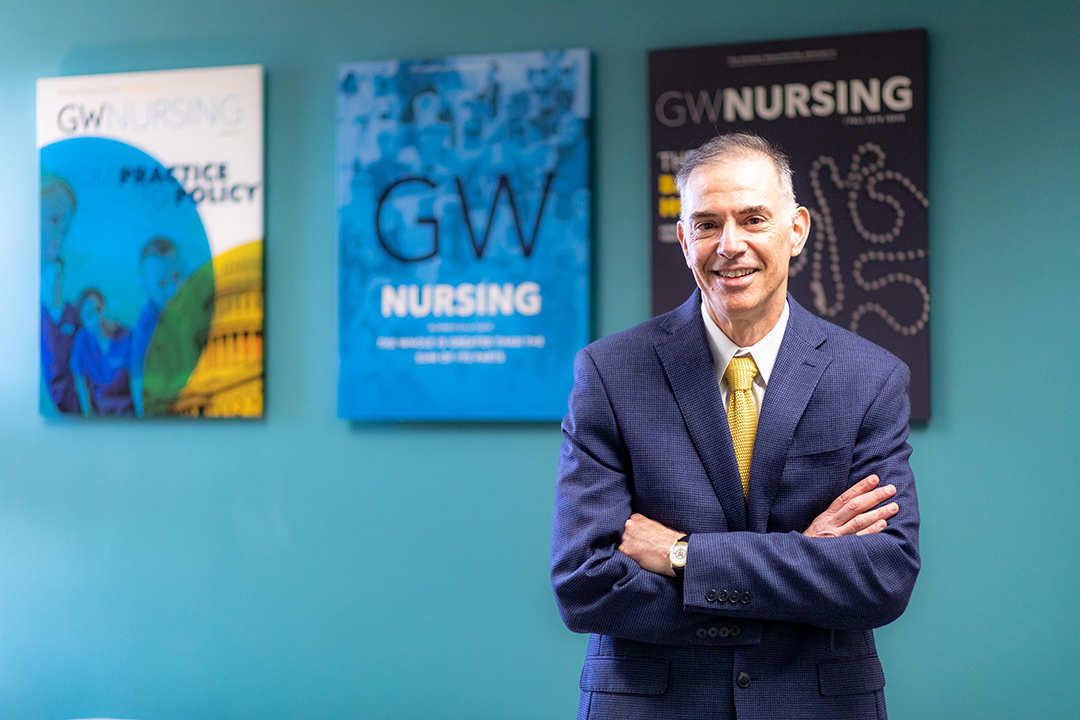Since its inception, the Center for Health Policy and Media Engagement has sought to increase the presence of nurses and other health-care professionals in the media through training, education and scholarship. Nurses have invaluable knowledge and perspectives that should be represented in health-care leadership, politics and the media.
However, many nurses are limited in their media presence by institutional gag orders and health systems that do not value their voices. Even media-competent nurses can be hindered by systems that are hesitant to have nurses in the public eye. Anecdotally, this reality has been compounded during the coronavirus pandemic due to the unflattering light in which the health-care systems might be portrayed, i.e., lack of personal protective equipment, poor working conditions, staffing shortages, etc.
In response to this issue, Center Executive Director Richard Ricciardi, former Associate Dean of Community Partnerships Karen Drenkard, Policy Service Professor Diana Mason and public health nurse, health reporter and media strategist Barbara Glickstein, had the idea for a project that would engage and train nurse leaders in major hospital systems. The goal was to strengthen health system communication strategies by making them more inclusive of nurses and front-line providers.
This Center for Health Policy team partnered with the American Organization for Nursing Leadership to create and implement this novel program in 2021, bringing together vice presidents and chief nursing officers from large health systems throughout the country. The goal was to increase the capacity to disseminate knowledge and amplify nurses’ expertise in public discourse and public policy decision-making.
The program sought to transform the culture of health systems to be intentional in raising the voice of nursing, the largest health-care workforce and most trusted profession, by engaging health system executives, the public, media professionals and key stakeholders. Through a two-day virtual workshop, followed by monthly meetings and an ongoing community of learning, these senior nurse executives developed communication strategies to present to their boards of directors that would increase opportunities for nurses and the full spectrum of health-care workers to engage with the media.
This program fills a gap and has high potential for expansion. By increasing the presence of nurses in the media, policymakers and members of the public both stand to benefit from a more comprehensive understanding of health-care issues.


